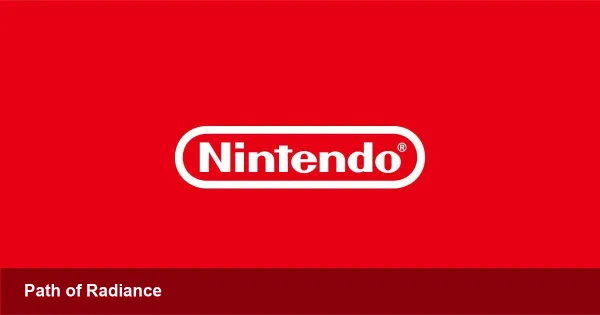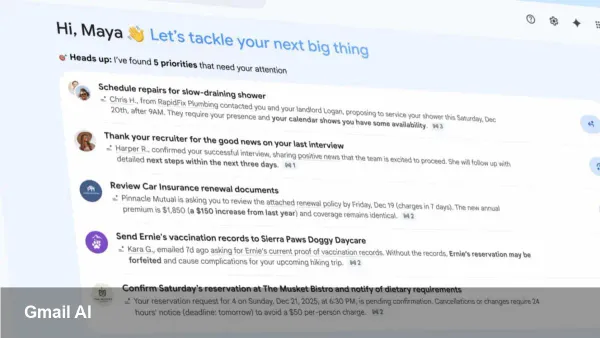Understanding transgenic papaya genome alterations
The transgenic papaya "SunUp" was heavily touted in the 1990s due to its capacity to tolerate the papaya ringspot virus.

The transgenic papaya "SunUp" was heavily touted in the 1990s due to its capacity to tolerate the papaya ringspot virus. Although the Ming group had identified the genomic sequence of SunUp by 2008, it was uncertain where the transgenic insertions were and what effect they had. According to a new study, these changes have now been identified, as well as how they influence transgenic plants.
The global output of papaya fruits has been continuously expanding due to its high potassium, magnesium, and vitamins A and C content. Papaya was domesticated in southern Mexico and Central America, and it is now produced all over the world in tropical and subtropical climes. The natural papaya yields small seedy fruits with little edible flesh, whereas the domesticated version can reach five pounds in weight. However, papaya was susceptible to the papaya ringspot virus, which causes stunted plants that do not produce mature fruit, and the papaya genetic code does not contain any resistance.
To address this issue, scientists created the SunUp transgenic papaya using a process known as particle bombardment-mediated transformation. A gene gun was used to inject gold particles coated with the virus's coat protein gene into the cells of the non-transgenic papaya "Sunset." SunUp thus had virus gene sequences and was immune to infection thanks to RNA-mediated gene silencing.
Ray Ming (GEGC), a professor of plant biology, said, "It took us 8 years to read each DNA nucleotide in the insertions and rearrangements, and we repeated the sequencing using several technologies to understand the nature of these transgenic insertions." "The insertion was so complicated that even after sequencing the genome in 2008, we had no idea where the transgenic genes were."
In prior studies, the researchers used Sanger DNA sequencing technologies, which read short lengths of DNA (500 to 600 bases), making it difficult to precisely place the transgenic genes in the normal genome. In the current study, they used Pacific Biosciences sequencing methods and Oxford Nanopore technology to read extremely long stretches of DNA. Ming added, "These are the most advanced techniques available, and they allowed us to read between 50 and 200 thousand base pairs at a time."
According to the researchers, SunUp contained a 1.6 million base pair insertion that includes DNA fragments from the gene gun as well as nuclear DNA sequences from chloroplasts and mitochondria. "There were 74 parts in the insertion: 42 nuclear chloroplast fragments, 13 nuclear mitochondrial fragments, ten chloroplast genome fragments, and three mitochondrial genome fragments," Ming explained. "The particle bombardment broke the double-stranded DNA and put all 74 fragments in one location on chromosome 5 of the genome."
Surprisingly, despite the enormous insertion, the transgenic modification had no effect on gene expression. "Every gene sequence was analysed and determined to have no effect on genome function. We found that just 20 genes were differentially expressed between SunUp and Sunset, which is attributable to transposon-mediated rearrangements rather than particle bombardment-mediated transformation "Ming clarified. Transposon-mediated rearrangements occur spontaneously and lead to minor changes over time since SunUp and Sunset have been maturing and diverging for 30 years.
The researchers will look into if similar rearrangements might be found in additional papaya transgenic lines. "There were just two insertion sites and rearrangements, which we anticipated to see a lot more of. In addition to the 1.6 Mb insertion formed by the 74 pieces, a 591 Kb loss in chromosome 5 was moved into the 1.6 Mb insertion. Why the three transgenic fragments were flanked by nuclear mitochondrial and chloroplast fragments, and why they were all placed in the same region, is still a mystery. We'll look at other transgenic lines to see if they have any processes in common "Ming clarified.
"Because of its high resistance to the papaya ringspot virus, transgenic papaya became the poster child for transgenic crops, saving the Hawaiian papaya industry. After rejecting other products of this sort, several governments have approved transgenic papaya "Ming clarified. "This study will support the idea that transgenic papaya can be consumed safely after three decades with no negative consequences on the papaya genome or consumers."
The research was supported by the Plant Genome Research Program Award from the US National Science Foundation, the National Natural Science Foundation of China, the Natural Science Foundation of Fujian Province, and the Science and Technology Innovation Fund at Fujian Agriculture and Forestry University.





